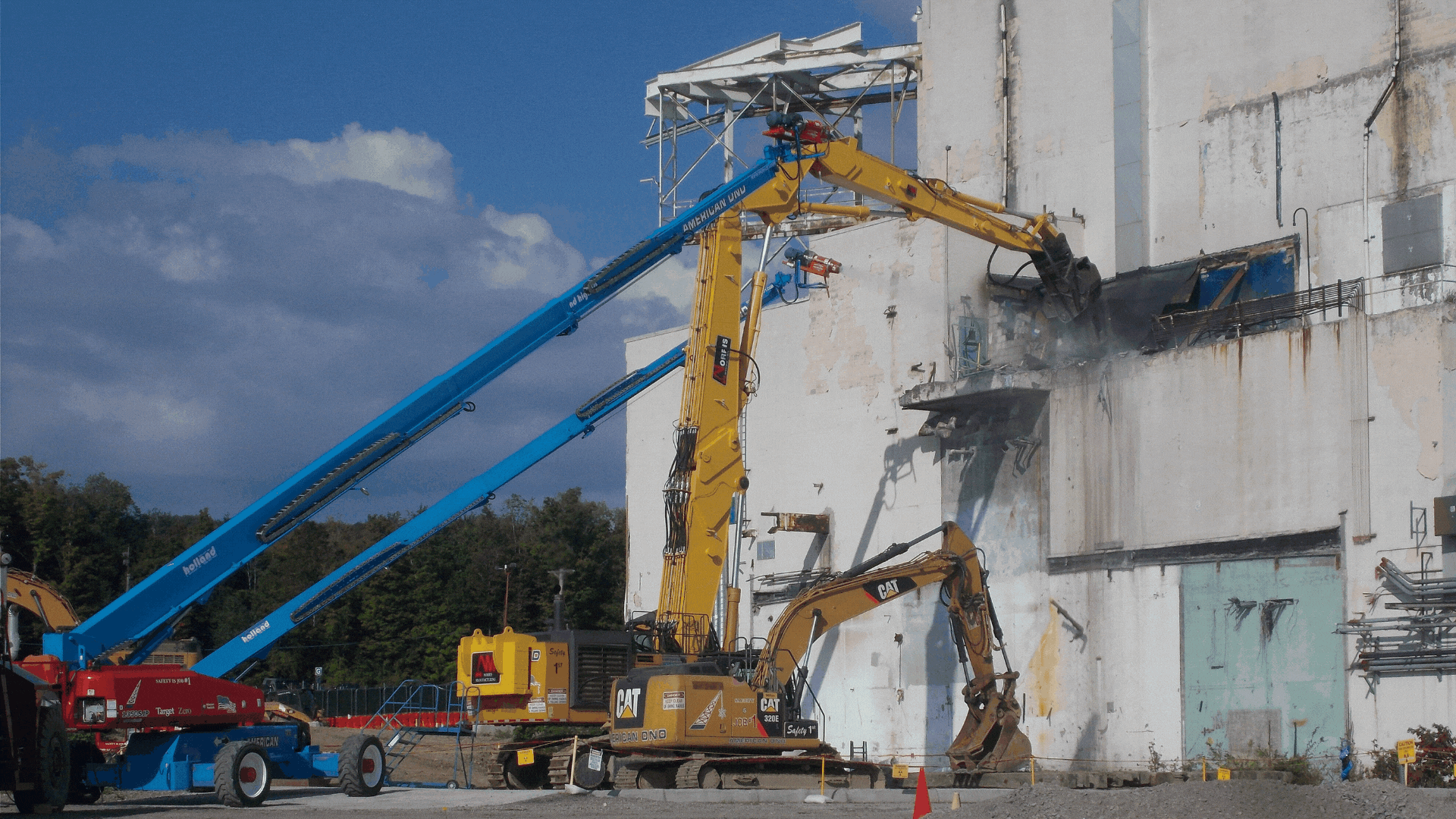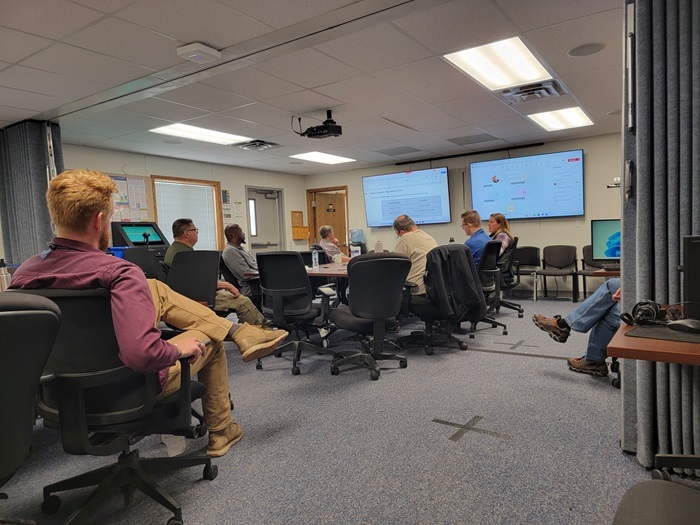New method ensures integrity of Savannah River’s radioactive material containers
Department of Energy contractor Savannah River Nuclear Solutions (SRNS) said its Savannah River Site employees recently used an innovative method to ensure the integrity of radioactive material storage containers currently in long-term dry storage at the South Carolina site.










